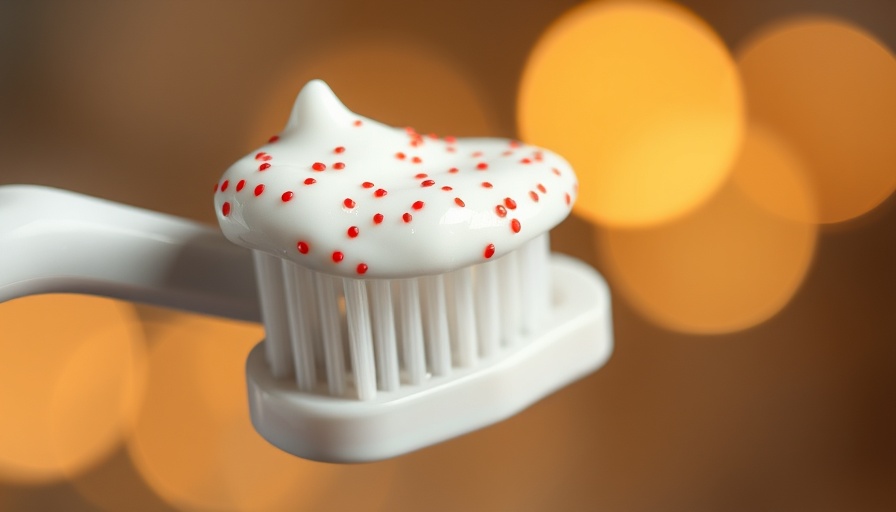
Understanding the Shift: Nano-Hydroxyapatite as a Fluoride Alternative
The conversation surrounding dental care has evolved considerably in recent years, especially concerning fluoride and its alternatives. Recent discussions about nano-hydroxyapatite toothpaste being positioned as a fluoride alternative have garnered significant attention. Notably, while many advocate for the potential benefits of nano-hydroxyapatite, there are essential factors that must be considered for anyone thinking about switching their dental care routine.
In 'nano-hydroxyapatite toothpaste (a fluoride alternative) explained #shorts', the discussion dives into the ongoing debate over dental care options, exploring key insights that sparked deeper analysis on our end.
What Makes Nano-Hydroxyapatite Unique?
Nano-hydroxyapatite is a biocompatible material that mimics the natural mineral component of tooth enamel, raising hopes for a non-toxic and effective cavity prevention method. It presents a promising avenue for those hesitant about fluoride use due to its controversial reputation. However, its effectiveness under acidic conditions—critical for cavity prevention—still presents challenges.
Fluoride vs. Nano-Hydroxyapatite: A Closer Look
The effectiveness of traditional fluoride toothpaste is well-documented. It operates particularly well in acidic environments, where cavities thrive. Fluoride maintains its stability at a pH as low as 4.5, whereas hydroxyapatite dissolves at a higher pH of 5.5. This means that in environments where tooth enamel is most vulnerable, fluoride toothpaste can provide superior protection against decay, a vital consideration for consumers.
Lack of Regulatory Approval: A Big Red Flag
One of the most significant hesitations regarding nano-hydroxyapatite toothpaste is its lack of medical regulatory approval in various countries, including the United States. Without regulatory bodies overseeing the production and marketing of these products, there is a risk of companies making unverified claims. This situation puts the onus on consumers and healthcare professionals to ensure the products they use and recommend meet proper safety and efficacy standards.
The Importance of Particle Size and Composition
The efficacy of nano-hydroxyapatite can also depend on its formulation. The presence of the right particle sizes—specifically nanoparticles—ensures that the material can effectively remineralize teeth. However, without strict oversight, it can be challenging to determine whether the toothpaste contains the claimed 10% nano-hydroxyapatite, making informed decisions difficult for both consumers and dentists alike.
Changing Landscape of Dental Care: The Role of Patient Education
Education plays a critical role in how patients approach their dental health. Many consumers are becoming increasingly aware of alternative ingredients—like nano-hydroxyapatite—yet still lack comprehensive information about the science behind these choices. Open communication between dental practitioners and patients is essential for ensuring that individuals can make informed decisions that align with their health goals.
The Future of Nano-Hydroxyapatite: A Positive Outlook?
Though skepticism is warranted, there is an optimism that as technology and regulatory frameworks evolve, more robust oversight of products like nano-hydroxyapatite will emerge. This potential evolution could help bridge the gap between the excitement for new dental care alternatives and the necessity for scientific validation. For now, patients keen on exploring this option should do so with careful consideration and consult their dental providers to find the best personalized recommendations.
Conclusion: Making Informed Choices for Dental Health
The debate between fluoride and alternatives like nano-hydroxyapatite highlights the need for informed discussions about dental health. While nano-hydroxyapatite shows potential, the current gaps in regulatory approval and documented efficacy should not be ignored. As consumers, remaining vigilant and educated in our dental choices can lead to healthier outcomes and peace of mind.
 Add Row
Add Row  Add
Add 




Write A Comment